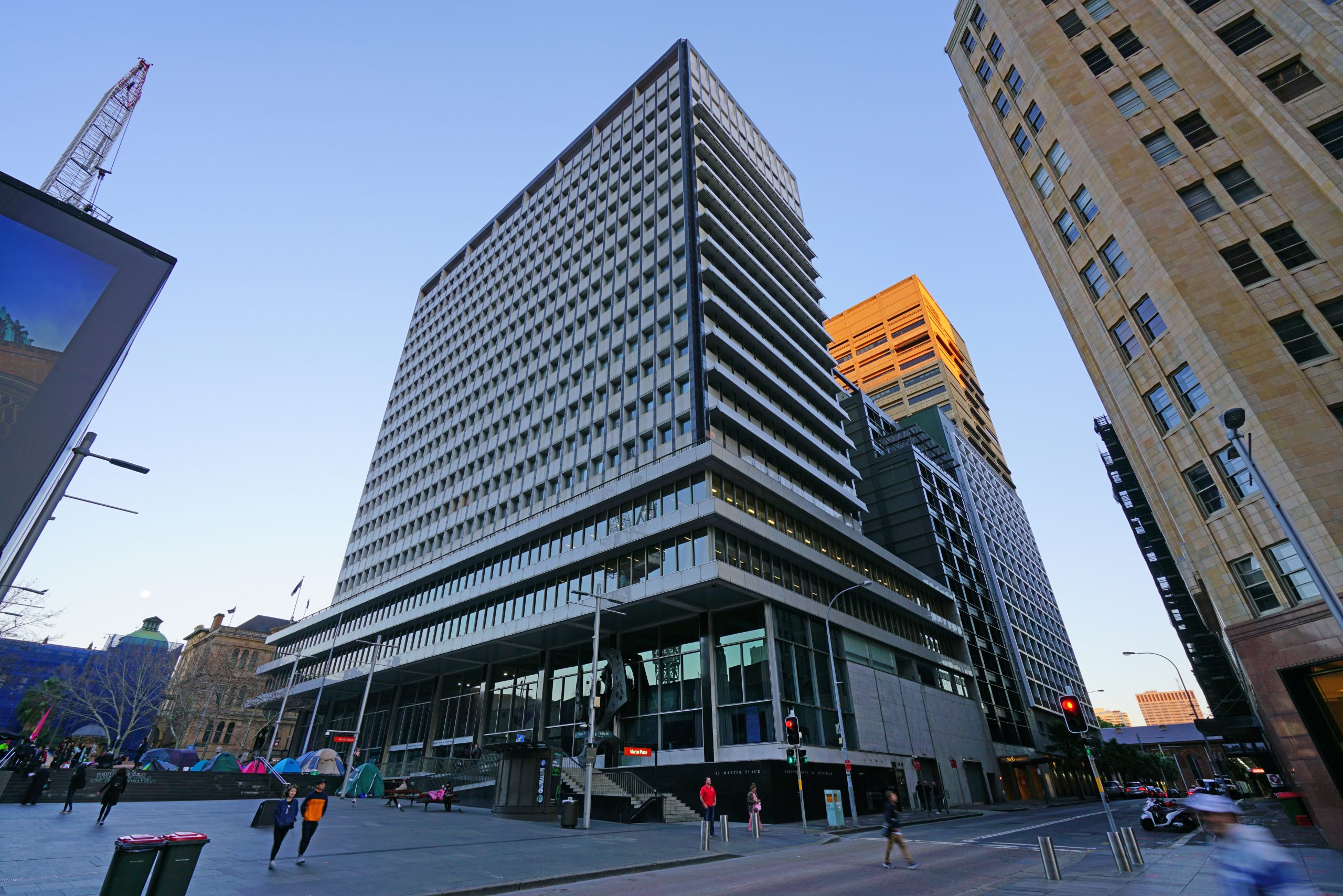Why the RBA's rate rising may do more harm than good

Photo Credit: MBC Group - Reserve Bank of Australia
On the 2022 Melbourne Cup Day, the Reserve Bank of Australia raised the interest rate again, the seventh time in a row. The cash rate is now sitting at 2.85%. Only 12 months ago, the rate was at its historic low of 0.1%. The Reserve Bank argues that the raises are necessary given inflation is about to reach a 32-year peak of 8% in December this year. RBA’s Assistant Governor, Christopher Kent, has stated that the RBA wanted consumers to spend less, to keep the interest under control. However, when looking at the components of the Consumer Price Index, which represents inflation, I seriously doubt if raising interest rates alone could help to counter inflation, not to mention the direct effect on mortgage payments.
Interest rate and housing
Since the introduction of the inflation targeting program at the RBA in the early 1990s, the target has always been 2-3%. Inflation has largely stayed within those ranges for the majority of the time. Having said that, the latest figures showed inflation jumped from 6.1% to 7.3% even after six consecutive rate rises, which was far out of the Bank’s goal.
The rises have been passed on to consumers by most retail banks like the Big4 and Macquarie. Earlier this year, variable mortgage rates hovered around 3%, with some online banks offering as low as 1.9%. New borrowers now must cope with a 5-6% rate. This means a mortgage of $500,000 costs $730 more per month or $8,760 per year.
Moreover, there were a record number of houses sold during the last two years thanks to low interest rates. The majority of them were first-home buyers. They now face a tough choice. Do they sell and abandon their dream of house ownership or live an extremely frugal life for the foreseeable future, just to afford monthly mortgage payments?

Photo Credit: Tierra Mallorca @ Unplash
Elements of the Consumer Price Index (CPI)
The Bureau of Statistics is tasked with collecting and reporting information on inflation. It gathers data on eleven items through various means:
In addition, the Bureau classifies the items above into essential and non-essential categories. The official terminologies are "non-discretionary" and "discretionary", respectively. Housing, Health, Communication and Insurance are 100% non-discretionary; Alcohol, Clothing and Recreation are mostly Discretionary; Food, Furnishing, Transport and Education are split between the two.
Interest rate and Inflation
If you follow the news lately, you may have noticed that recent price increases predominantly lie in non-discretionary items, which are very hard to cut down on consumption.
Overall, non-discretionary items have risen by 8.4% whereas discretionary (luxury living) items rose by 5.5%. Therefore, we can see that it is the cost of necessities that drives inflation.
This is where the RBA is facing a problem. When it increases the interest rate, mortgage payments also become more unaffordable. Consumers will cut spending on discretionary items first (eating out, concert tickets, sporting events, beauty services, holidays). This certainly does not help the struggling hospitality and tourism industries, which barely survived the Covid Pandemic. These service industries employ a lot of people because of their natures. In comparison, the agriculture and utility sectors are more capital-intensive.
As a result, rising interest rates only reduce the demand for non-discretionary items, which only account for less than 40% of the CPI. The RBA is risking hitting the brake too hard on the service sector of the economy, hurting the already battled sector before making any impact on national inflation.

Photo Credit: Bimo Luki @ Unplash